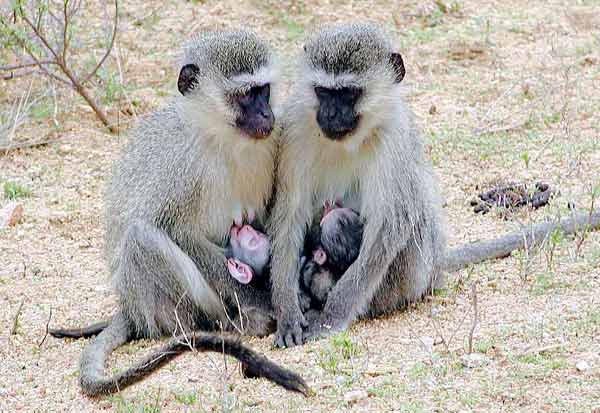Lauran Neergaard
AP
February 16, 2014
A special blend of mother’s milk just for girls? New research shows animal moms are customizing their milk in surprising ways depending on whether they have a boy or a girl.
The studies raise questions for human babies, too – about how to choose the donor milk that’s used for hospitalized preemies, or whether we should explore gender-specific infant formula.
“There’s been this myth that mother’s milk is pretty standard,” said Harvard University evolutionary biologist Katie Hinde, whose research suggests that’s far from true – in monkeys and cows, at least.
Instead, “the biological recipes for sons and daughters may be different,” she told a meeting of the American Association for the Advancement of Science on Friday.
Pediatricians have long stressed that breast milk is best when it comes to baby’s first food. Breast-fed infants are healthier, suffering fewer illnesses such as diarrhea, earaches or pneumonia during the first year of life and less likely to develop asthma or obesity later on.
But beyond general nutrition, there have been few studies of the content of human breast milk, and how it might vary from one birth to the next or even over the course of one baby’s growth. That research is difficult to conduct in people.
So Hinde studies the milk that rhesus monkey mothers make for their babies. The milk is richer in fat when monkeys have male babies, especially when it’s mom’s first birth, she found.
But they made a lot more milk when they had daughters, Hinde discovered. Do daughters nurse more, spurring production? Or does something signal mom prenatally to produce more?
To tell, Hinde paired with Kansas State University researchers to examine lactation records of nearly 1.5 million Holstein cows. Unlike monkey babies, calves are separated from their mothers early on, meaning any difference should be prenatal.

